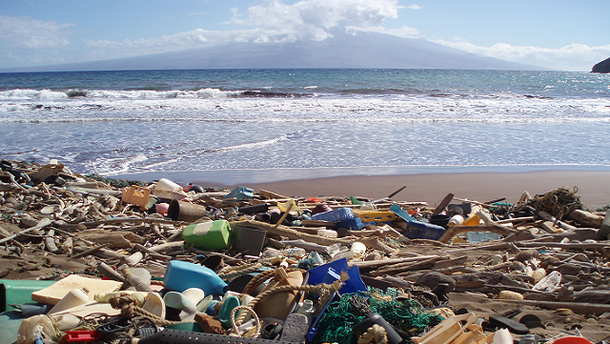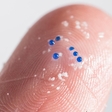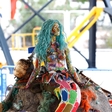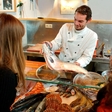
Plastic bags, children's toys, PET bottles, food packaging... since the beginning of the 20th century this mineral oil based product has advanced triumphantly through the world of consumption.Its ad-vantages are obvious: it is cheap, easy to process and can be given almost any qualities required. Our everyday lives are filled with plastic. But what happens to a plastic product at the end of its life cycle?
A large proportion of these products – every year more than 6.4 million tons – lands unchecked in our environment and, ultimately, in our seas, which are gradually being transformed into a global plastic soup. Already today not a single square kilometer of seawater is free of pieces of plastic. Although only a small amount floats around on the surface, sea currents have led to the formation of enormous plastic gyres. The largest of these is in the Pacific and has already attained an area greater than that of Central Europe. But is the sea actually the final destination? As standard plastic is not biode-gradable, it gets broken up into increasingly smaller pieces and enters the food chain. And so, at the end, we find the garbage back on our plates, with alarming consequences for our health.
In Ljubljana, the green capital of Europe 2016, you can visit an exhibition Out to Sea? (opening at 8th of December at MAO - Museum of Architecture and Design). The exhibition turns the focus on the end of the design history of useful objects: the center of the exhibition Out to Sea? and the symbol of the ecological catastrophe is an installation of plastic flot-sam from the world's various seas. Cooperation partners collected the plastic debris in cleanup cam-paigns on Hawaii, in the North Sea and the Baltic. The origins, life cycle, sense and senselessness of plastic products can be traced from the pieces displayed. Alongside puzzling objects from the fish-ing industry they've find familiar everyday objects such as plastic cups or toothbrushes that show clear signs of having drifted around in salt water and of their encounters with sea creatures.
Following the exhibition in Zurich the show was already presented in 17 cities all over the world, among others in Germany, Hong Kong, Morroco, Finland, Denmark and now in Ljubljana. An online platform created for the exhibition provides in-depth information about the show, the wide-ranging education program, and the most important themes in relation to plastic. More about the project here.
The exhibition will be shown till April 2017.
.



